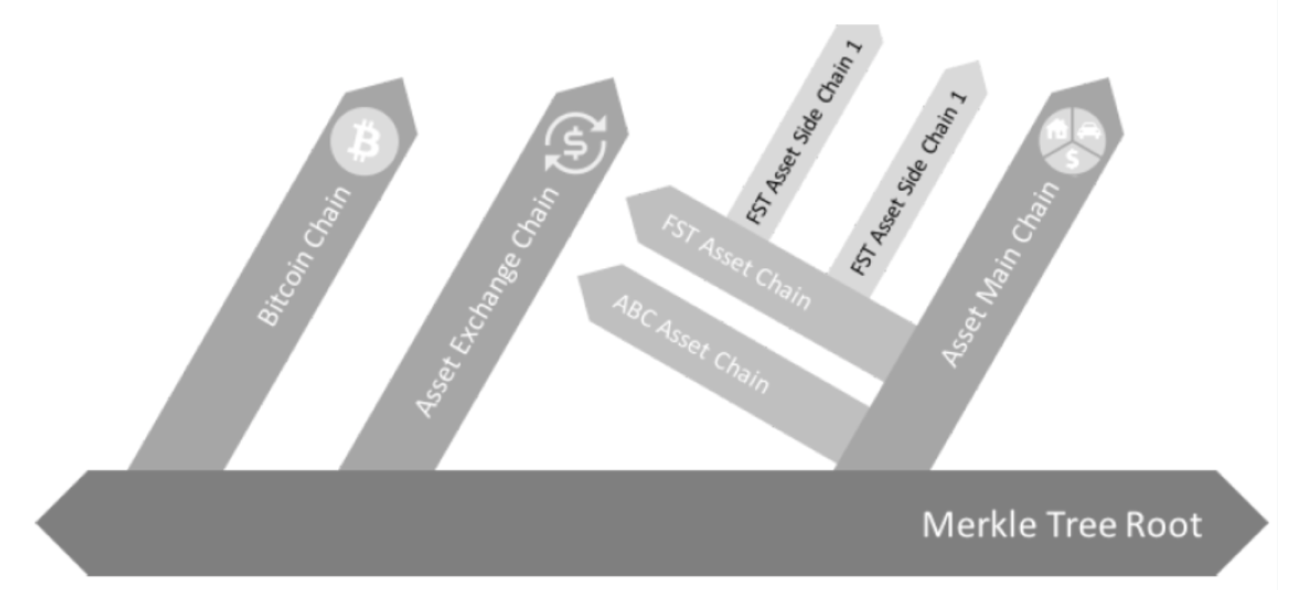Introduction
One of the major issues with current blockchain systems is scalability. This is mainly due to congestion problems in existing blockchains. The core problem is that when a single chain needs to sequentially order and process transactions, a popular dApp consuming a lot of resources can negatively impact other dApps.
To address this issue, aelf introduced side chains in its initial design. The concept is that each side-chain handles one or more similar business scenarios, distributing different tasks across multiple chains to improve overall processing efficiency.
Key Points:
- Independent and Specialized: Side-chains are designed to be independent and specialized, ensuring that the dApps running on them perform efficiently and smoothly.
- Network Link: There is a network link between the main-chain node and side-chain nodes, with communication indirectly facilitated through a Merkle root.

The diagram above illustrates the conceptual idea behind side chains.
Side chains are isolated but still need a way to interact with each other. To enable cross-chain verification scenarios, aelf introduces a communication mechanism through Merkle roots and indexing.
Overview
The following sections of this documentation will provide:
- An overview of the architecture of aelf's side chains.
- A guide explaining how to set up a main-chain and a side chain node.